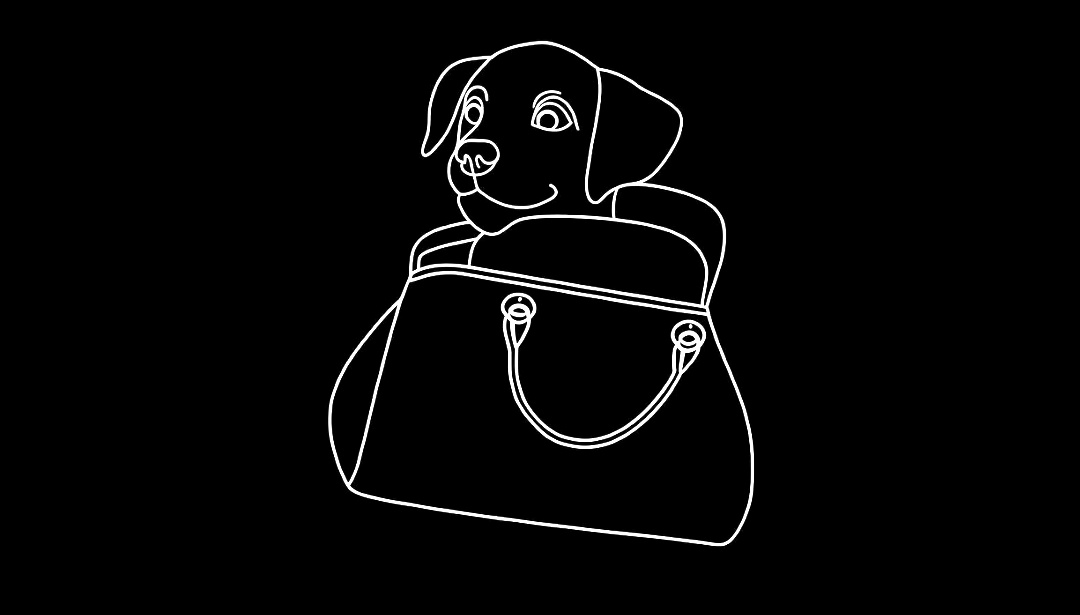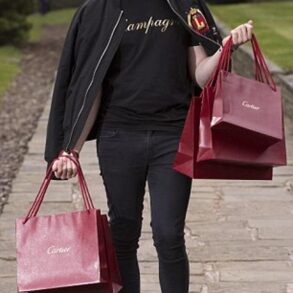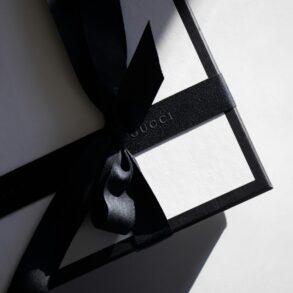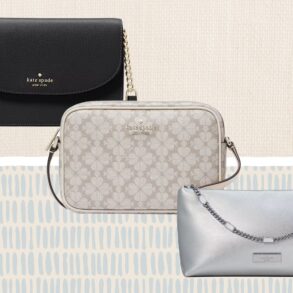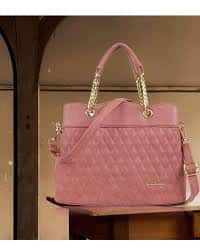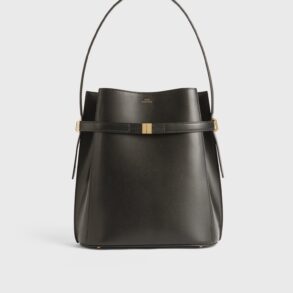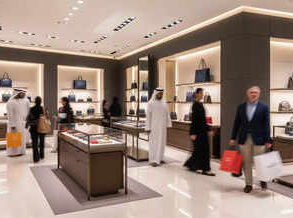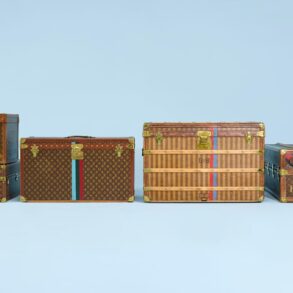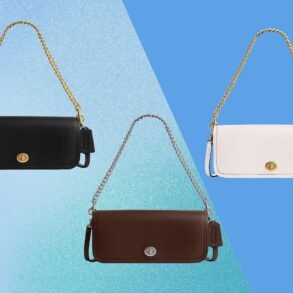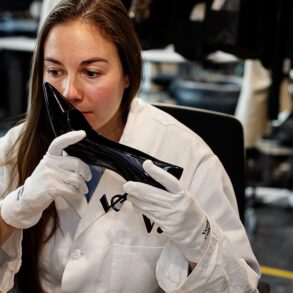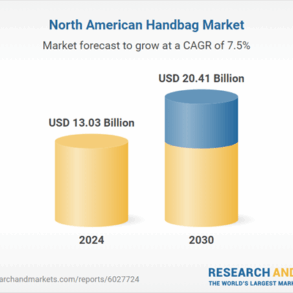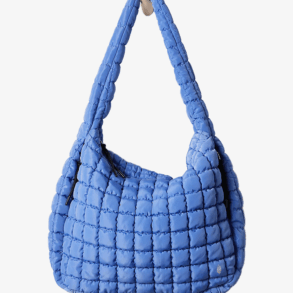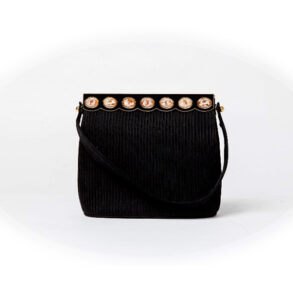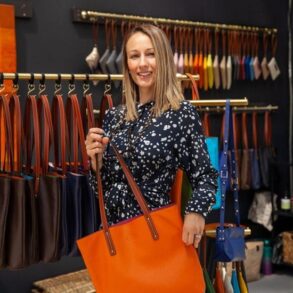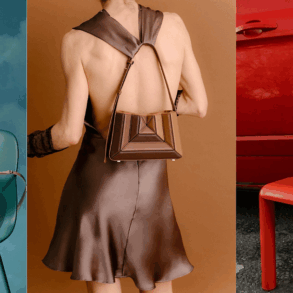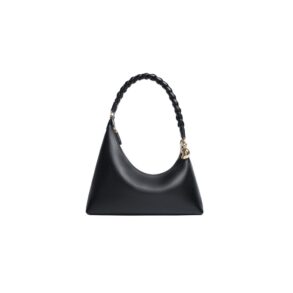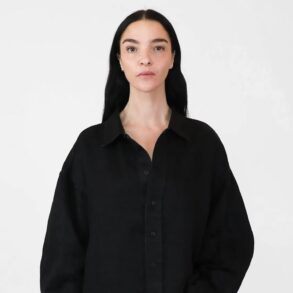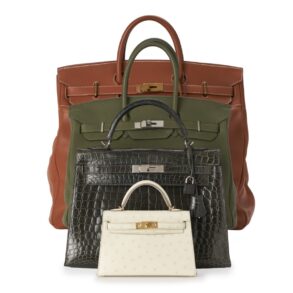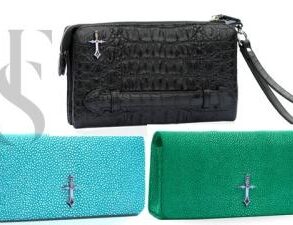
We cater to women who seek fashion-forward yet functional handbags
Founded in 2009, Lavie is a fashion-forward handbag brand that seamlessly blends craftsmanship with modern trends. Inspired by global aesthetics and the spirit of contemporary women, Lavie offers a diverse range of handbags, including totes, slings, clutches, and fashion backpacks. With a keen eye for detail, the brand sources premium materials globally and ensures that each piece reflects style, functionality, and innovation. Designed for every occasion—be it daily wear, office, or festivities—Lavie empowers women to make a statement with confidence and elegance. In an interview with Fibre2Fashion, CEO Ayush Tainwala talks about handbag creation and market.
How is the handbag and accessories market evolving in terms of consumer preferences, and what trends do you foresee dominating the industry in the next few years?
The handbag and accessories market is witnessing a significant shift as consumers prioritise individuality, sustainability, and functionality. Modern shoppers seek versatile designs that transition seamlessly between work, travel, and leisure, with a growing emphasis on lightweight, ergonomic, and multifunctional options.
Sustainability has emerged as a dominant preference, with consumers increasingly favouring eco-friendly materials and ethical production practices. Brands that embrace transparency in sourcing and manufacturing are gaining loyalty from eco-conscious buyers.
Personalisation is another trend reshaping the market. Consumers are gravitating towards customisable options that allow them to express their unique styles. Additionally, minimalism is making a strong statement, with clean, classic designs becoming timeless staples.
Looking ahead, tech-enabled accessories, such as smart handbags with built-in charging ports or anti-theft features, are expected to gain traction. The blending of fashion and technology, alongside a focus on inclusivity and diverse price points, will continue to shape the industry.
How has the rise of digital and social media influenced consumer behaviour and expectations in the accessories sector?
The rise of digital and social media has significantly transformed consumer behaviour in the accessories sector. Consumers now seek instant access to trends, reviews, and personalised shopping experiences. Platforms like Instagram and Pinterest influence purchasing decisions, with visually engaging content driving brand discovery. Expectations for transparency, responsiveness, and ethical practices have increased. Additionally, social media fosters direct brand-consumer engagement, enabling real-time feedback and loyalty. Brands leveraging influencers, targeted campaigns, and seamless e-commerce integration can effectively meet these evolving demands.
How do brands in the handbag industry balance the need for global appeal with the importance of catering to local tastes and cultures?
They balance this by blending global trends with local sensibilities, creating handbags that resonate universally while celebrating Indian culture. We design versatile collections that incorporate contemporary styles, premium materials, and intricate detailing, reflecting global appeal. Simultaneously, we integrate motifs, colours, and craftsmanship inspired by Indian heritage to cater to regional preferences. This fusion allows us to connect with diverse audiences while staying true to our roots, offering products that embody elegance and cultural richness.
Lavie has become a well-recognised brand in the handbag industry. Can you share the journey of the brand from its inception to its current stature?
Lavie began its journey in 2010 with a vision to bring high-quality, trendy handbags to the modern Indian consumer. The brand aimed to fill a gap in the market by offering affordable luxury that resonated with the evolving fashion sensibilities of women. Starting with a small collection, Lavie rapidly gained popularity due to its ability to combine style, functionality, and affordability. Over the years, the brand has grown into a household name, celebrated for its diverse range of handbags, from everyday essentials to statement pieces. Strategic marketing, celebrity endorsements, and a strong retail presence, both online and offline, have played key roles in Lavie’s rise to prominence in the handbag industry.
How has consumer demand evolved in the handbag segment, and how does Lavie adapt to these changes?
Consumer demand in the handbag segment has shifted significantly over the years. Modern consumers value versatility, durability, and style, with a preference for multifunctional designs that cater to both professional and casual occasions. Sustainability and ethical practices have also become important considerations for shoppers. Lavie addresses these changes by continuously innovating its product lines to offer eco-friendly materials, timeless designs, and durable products. The brand keeps a close eye on market trends and leverages consumer insights to ensure its collections align with current preferences.
What is Lavie’s design philosophy, and how does it reflect in the collections you launch?
Lavie’s design philosophy is rooted in the belief that handbags are more than accessories—they are an extension of one’s personality and style. The brand focuses on creating designs that balance aesthetics and practicality, catering to women who seek fashion-forward yet functional handbags.
This philosophy is exemplified in Lavie’s latest collaboration with renowned designer Payal Singhal, which blends traditional artistry with contemporary designs. The collection introduces a fusion of Payal Singhal’s signature prints and Lavie’s expertise in crafting versatile, high-quality handbags. Thoughtfully curated, this collection showcases global trends infused with Indian heritage, offering statement pieces that are stylish, functional, and deeply inspired by cultural motifs. Lavie’s ability to innovate while maintaining its core values ensures its collections resonate with diverse demographics, keeping the brand at the forefront of fashion.
What are the key challenges the industry faces in adopting sustainable practices, and how can companies overcome them?
The key challenges in adopting sustainable practices include high implementation costs, limited availability of eco-friendly materials, and resistance to change within supply chains. Additionally, consumer awareness about sustainability is still evolving, posing a challenge in aligning demand with ethical products. Companies can overcome these challenges by investing in innovation, collaborating with eco-conscious suppliers, and educating consumers about sustainable benefits. Transparency, government support, and industry-wide initiatives can further accelerate the transition towards more sustainable and responsible practices.
As sustainability gains traction, what measures has Lavie adopted to reduce its environmental impact?
Sustainability is a core focus at Lavie, driving our efforts to minimise environmental impact. A key initiative has been the adoption of premium vegan leather in our collections, reflecting our commitment to eco-conscious practices. This decision aligns with the evolving preferences of today’s consumers, who value both style and sustainability. By incorporating vegan leather, we ensure that our products exude luxury and elegance while supporting environmentally responsible choices. Additionally, we continuously explore innovative ways to optimise materials and processes for a greener future.
In what ways is technology transforming the design, production, and retail aspects of the handbag industry?
Technology is revolutionising the handbag industry across the entire value chain—from design to production and retail. At Lavie, we have strategically integrated technology to improve efficiency, sustainability, and customer satisfaction.
- Manufacturing Innovations: Lavie has adopted automated cutting, drying, embroidery, printing, and pasting machines to ensure precision in production, faster turnaround times, and higher operational efficiency. These advancements not only streamline processes but also enhance the quality and consistency of our products. Additionally, we prioritise sustainability in production, utilising in-house solar power to fulfil 50 per cent of our energy requirements. This significantly reduces our carbon footprint and aligns with our commitment to environmentally responsible practices.
- Operational Efficiencies through Software Integration: To enhance productivity and maintain seamless operations, we employ robust software systems such as SAP, Unicommerce, Triversity, and Shopify. These tools optimise inventory management, order processing, CRM, and e-commerce operations, ensuring a smooth experience for both our internal teams and customers.
- Evolving Customer Expectations and Future Plans: We recognise the growing consumer demand for tech-integrated accessories, such as smart bags with charging capabilities or tracking features. While Lavie’s current collections do not incorporate technology, we are actively exploring ways to introduce tech-enabled designs that align with our brand ethos of functionality and style.
Lavie started with handbags but has diversified into other product categories. What’s the strategy behind expanding the product portfolio?
Lavie’s strategy for expanding its product portfolio stems from its vision to evolve into a multi-category lifestyle brand, catering to the diverse needs of modern consumers. While handbags remain our cornerstone, we recognised the potential to extend our signature blend of quality, style, and functionality into other luxury categories. This led to the launch of premium watches and perfumes, offering a holistic brand experience. By diversifying, Lavie not only meets evolving consumer demands but also strengthens its presence in the luxury lifestyle segment.
How critical is e-commerce to Lavie’s business strategy, and how do you balance it with your offline retail operations?
E-commerce plays a pivotal role in Lavie’s business strategy, offering us a platform to connect with a broader, tech-savvy audience while complementing our offline presence. The introduction of Lavie Signature on Myntra exemplifies our focus on targeting premium online shoppers. Simultaneously, our efforts to expand exclusive brand outlets (EBOs) and strengthen our presence in high-traffic multi-brand outlets (MBOs) ensure a robust offline footprint. By leveraging data-driven insights, we optimise inventory, refresh product cycles, and enhance consumer engagement, creating a seamless omnichannel experience.
What are some of the biggest challenges the brand faces in India’s competitive handbag and accessories market?
Some of the significant challenges we faced this year were the fluctuating cost of raw materials and supply chain disruptions. Furthermore, both the online and offline retail landscape is highly competitive. This required us to innovate continuously and ensure differentiation through design and pricing
strategies.
Who is the core audience for Lavie, and how do you ensure the brand stays relevant to them?
Lavie’s core audience comprises modern, independent, and style-conscious women who seek a perfect balance of fashion, functionality, and affordability in their accessories. These women are often multitaskers, managing their personal and professional lives, and they value products that reflect their individuality while catering to their practical needs.
To stay relevant to this audience, Lavie places immense emphasis on understanding consumer preferences through continuous market research, social media interactions, and feedback loops. The brand closely monitors trends in fashion, lifestyle, and technology to ensure its collections resonate with evolving tastes.
Collaborations with celebrated designers like Payal Singhal further enhance Lavie’s appeal by introducing exclusive, trend-forward collections that cater to both style and quality-conscious customers. Additionally, Lavie actively engages its audience with digital campaigns, influencer partnerships, and by creating accessible yet aspirational designs that reflect their aspirations and lifestyles.
Are there plans to expand Lavie’s presence internationally, and if so, what regions are you targeting?
Yes, Lavie has ambitious plans for international expansion to replicate its success in India on a global scale. The primary focus is on establishing a strong foothold in the United Kingdom and the Middle East. These regions offer significant growth potential due to their robust retail markets and an increasing demand for stylish, functional, and high-quality accessories.
What is your vision for Lavie in the next five years, and what key milestones do you aim to achieve?
Our long-term vision for Lavie Luxe is to become a leading multi-category luxury brand with a global presence. Over the next few years, we aim to expand our product offerings, explore international markets, and strengthen our brand position in the luxury segment. We are committed to maintaining our focus on quality, innovation, and customer satisfaction as we evolve. By staying true to our core values and continuously innovating, we believe Lavie Luxe will continue to grow and thrive, offering our customers a truly luxurious experience across all touchpoints.
DISCLAIMER: All views and opinions expressed in this column are solely of the interviewee, and they do not reflect in any way the opinion of Fibre2Fashion.com.
This post was originally published on this site be sure to check out more of their content.
